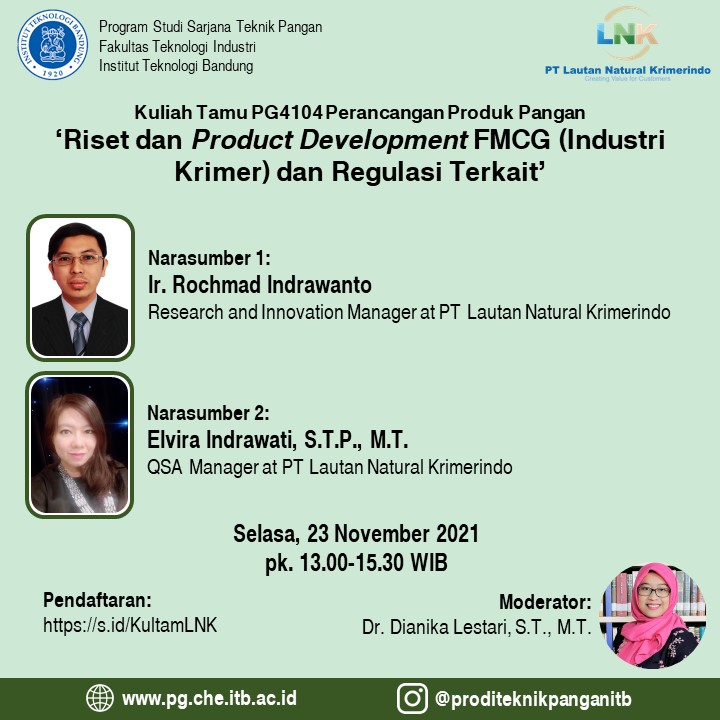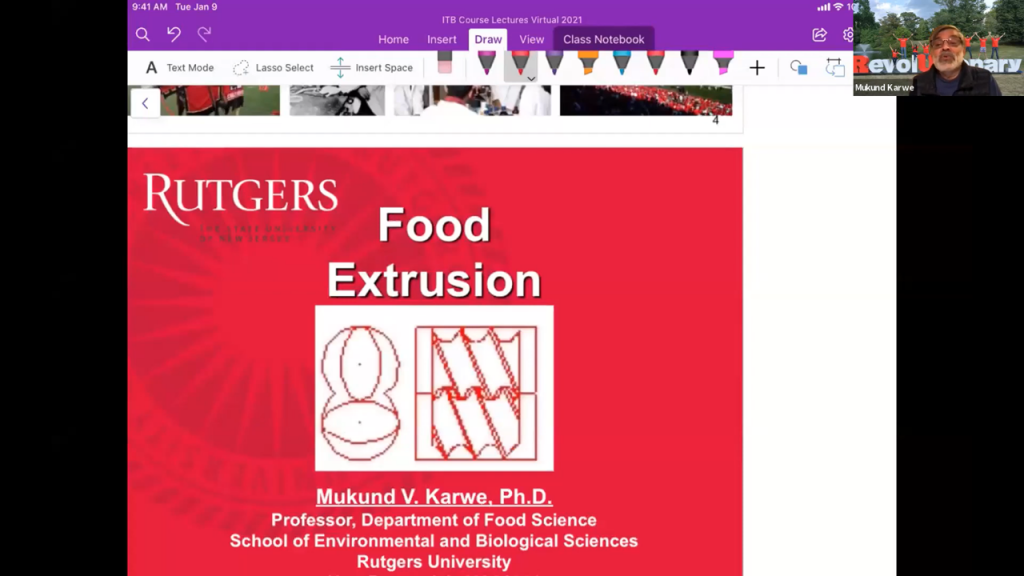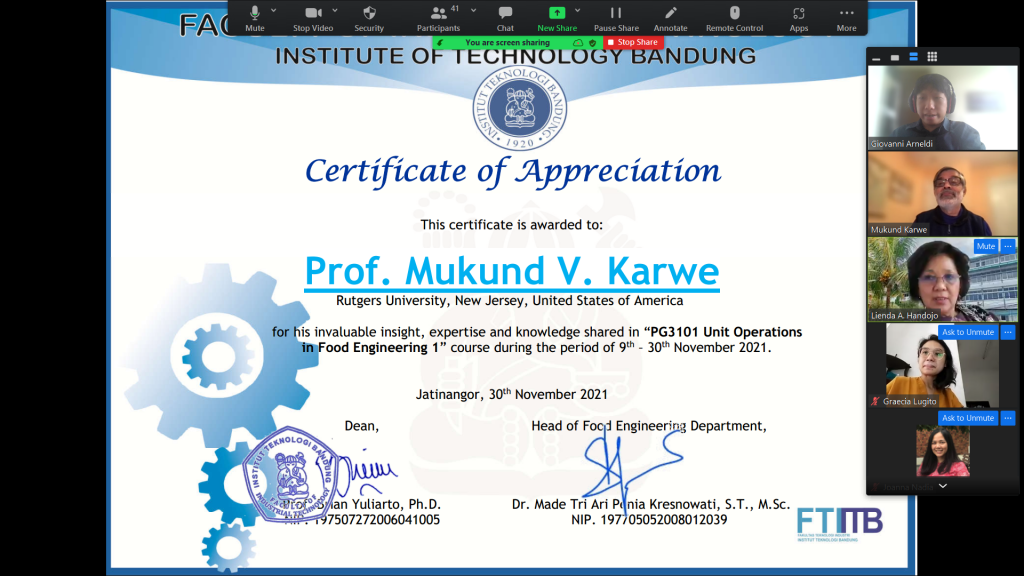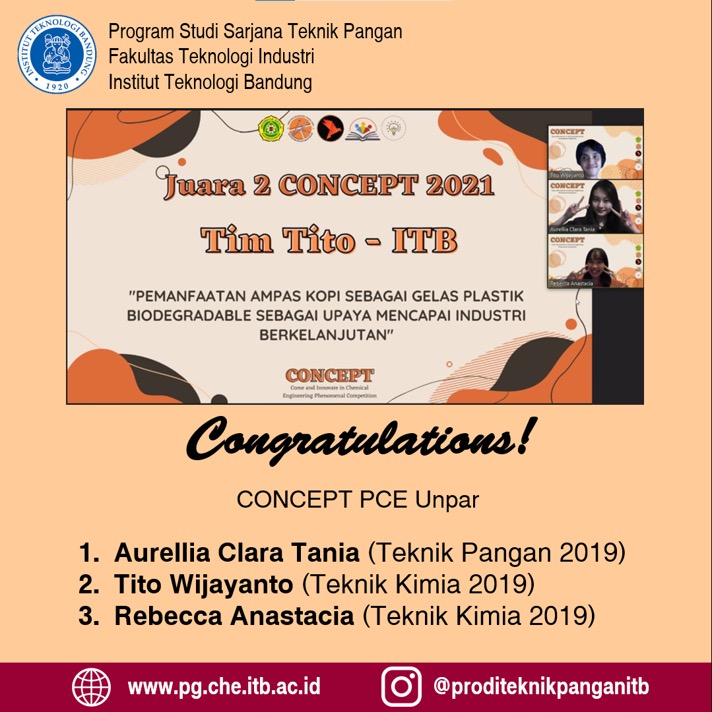BANDUNG, itb.ac.id—Food Engineering Department, Faculty of Industrial Technology (FTI) Bandung Institute of Technology and the Department of Professional Development Himpunan Mahasiswa Teknik Pangan ITB (HMPG ITB) successfully held a webinar related to Chocolate Processing and Fermentation, Saturday (6/11/2021) .
This topic which is included in the series of events “Webinars on Alkalization of Nibs, Mass, and Cocoa Cake Processes” presents the Director of Espe Food and the author of the book “Kakao dan Teknologi Produksi Coklat”, Drs. Susanto Purwo as the speaker.
Susanto said, Indonesia is one of countries that has a big role in cocoa growth. Data records that in 2012, cocoa growth in Indonesia reached 400,000 tons per year. “Indonesia began to introduce cocoa plants in 1880 – 1889 and the growth of cocoa in Indonesia in that span of years had reached 12 tons per year, then to 2300 tons per year in 1911,” he explained.
What are the types of cocoa pods? He explained, there are various types of cocoa pods, ranging from Criollo, Forastero, Trinitario, and Arriba. Each type of cocoa fruit has its own characteristics. Criollo cocoa has a malt taste characteristic, while Forastero cocoa has a dark purple color and has a strong cocoa taste. Then the Trinitario cocoa from Trinidad has a light purple color and the Arriba cocoa from Ecuador has a very good taste and the fermentation time is only 24 hours.
For the fermentation process, he explained, there are two processes in cocoa fermentation, namely the aerobic process and the anaerobic process. He explained that in the fermentation outside of cocoa beans, the sap initially undergoes an anaerobic phase for 1 to 2 days, then becomes aerobic with the formation of acetic acid in the pulp.
The anaerobic process in cocoa beans is hydrolytic and begins with an enzymatic reaction. Glycosidase enzymes change the color pigments from seeds into sucrose and cyanidin through the hydrolysis process. In addition, the enzyme invertase also converts sucrose into glucose and fructose.
Furthermore, the new aerobic phase occurs after the breakdown of cells and the entry of oxygen into the cocoa bean. In this process, cyanidin compounds and complex compounds of protein-phenol change color to dark brown. Then quinone combines with amine compounds, amino acids, and sulfur-containing compounds to form compounds that reduce bitter taste.
“In addition, there is also a reaction in the cocoa bean that forms a compound called aroma precursor. These compounds will form the aroma of cocoa when roasted,” said Susanto.
Finally, Susanto explained how to check the quality of cocoa beans. “One of the most important things to do is a seed split test to check the quality,” he said. In addition, there is also another way to check the quality of cocoa beans, namely the fermentation index. The fermentation index is used to know exactly whether the cocoa beans are fermented properly or not.
Reporter: Yoel Enrico Meiliano (Food Engineering, 2020)










